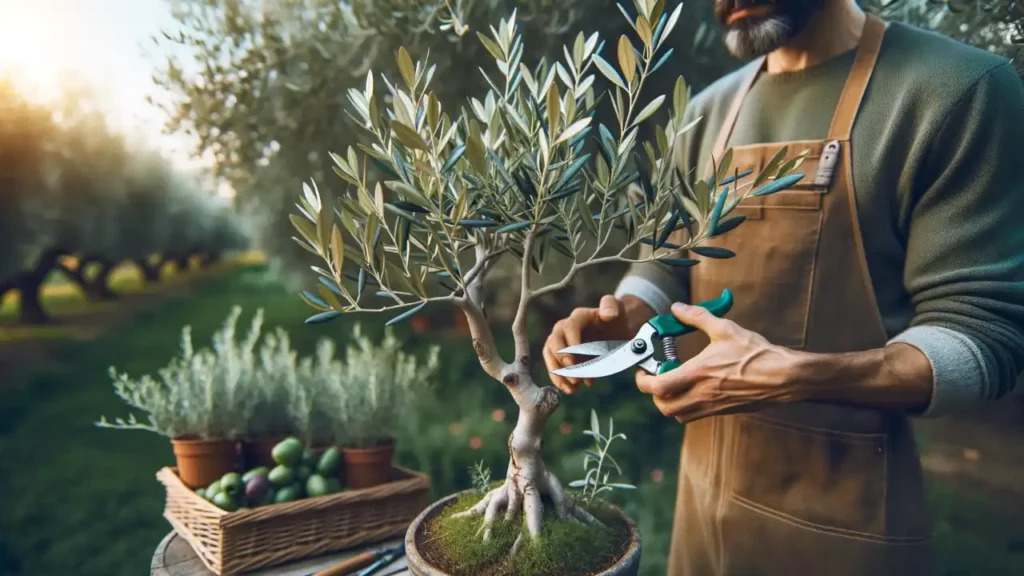Palm trees, with their majestic fronds and tall trunks, often evoke images of tropical paradises and sun-kissed beaches. However, these iconic trees have a rich history and presence in the Mediterranean, a region known for its unique climate and diverse flora. Let’s embark on a journey to explore the varieties, significance, and cultural importance of palm trees in the Mediterranean landscape.
The Mediterranean’s Unique Palms
While the tropics are renowned for their lush palm varieties, the Mediterranean has its own set of unique palm species that have adapted to its temperate climate. One such variety is the European fan palm (Chamaerops humilis). Native to the Mediterranean region, this palm thrives in the cooler temperatures and has become a symbol of the area’s diverse plant life. Its fan-shaped leaves and compact size make it a favorite among gardeners and landscapers.
Palm Trees in Ancient Cultures
Historically, palm trees have held a place of significance in various ancient Mediterranean cultures. They were symbols of victory, peace, and fertility. Many historical artworks and scriptures depict victorious warriors and leaders holding palm fronds, representing triumph and success. The palm tree’s association with victory dates back to ancient Roman times when victorious athletes were awarded palm branches. This symbolism has endured, and even today, the palm represents peace and victory in many cultures.
Beyond the Common Palms: Diverse Varieties
The Mediterranean is home to a plethora of palm species, each adding its own unique beauty to the landscape. The Canary Island date palm (Phoenix canariensis), known for its grand stature and lush canopy, is a common sight in many Mediterranean cities. Another popular variety is the Italian cypress (Cupressus sempervirens), a slender and tall palm that adds elegance to any garden. These palms, along with others like the Date palm and the Washingtonia, contribute to the region’s diverse plant life.
Modern Uses and Benefits of Palms
In contemporary times, palm trees have found their place in landscaping and urban development in the Mediterranean region. Their aesthetic appeal is undeniable, but they offer more than just beauty. Palms provide shade in the scorching summer months, act as natural windbreakers, and are also a source of economic benefit. The Date palm, for instance, produces dates, a fruit that has been a staple in Mediterranean diets for centuries.
Tips for Healthy Palms: Caring for Your Tree
While Mediterranean palms are known for their hardiness, they do require specific care to thrive. Regular watering, especially during the dry summer months, is crucial. Additionally, these palms benefit from proper fertilization, ensuring they receive all the nutrients they need. It’s also essential to protect them from extreme cold, as certain varieties can be sensitive to frost. If you’re considering adding a palm to your garden, it’s vital to research its specific needs and care requirements.
The Symbolism and Cultural Importance of Palms
Beyond their physical beauty and economic benefits, palm trees hold deep symbolic meaning. They represent peace, victory, and in some cultures, eternal life. Their resilience and adaptability, growing in both tropical and temperate climates, make them a symbol of endurance. Many Mediterranean festivals and traditions incorporate palms, further solidifying their cultural importance.
Palms in Art and Literature
The beauty and significance of palm trees have inspired countless artists, poets, and writers throughout history. From ancient frescoes depicting palms as symbols of victory to modern literature that uses the palm tree as a metaphor for endurance and growth, the influence of this tree is widespread. Its timeless appeal continues to inspire, making it a recurring theme in various artistic expressions.
The Future of Palms in the Mediterranean
With changing climate patterns and increasing urbanization, the Mediterranean palm trees face challenges. However, with sustainable farming practices, conservation efforts, and continued research, these trees will continue to grace the Mediterranean landscape for years to come. Their deep roots in the region’s history and culture ensure that they remain a cherished part of its identity.
In Conclusion:
The Mediterranean’s relationship with palm trees is a blend of history, culture, and nature. These trees, with their diverse varieties and deep-rooted significance, are an integral part of the region’s landscape and identity. As we appreciate their beauty, let’s also recognize their importance and ensure they continue to thrive for future generations.
Inspired by the beauty and significance of Mediterranean palms? At I Want A Tree, we offer a range of palm trees that can transform your space. Dive into the world of palms with us and bring a piece of the Mediterranean to your garden. Explore Our Collection Now




